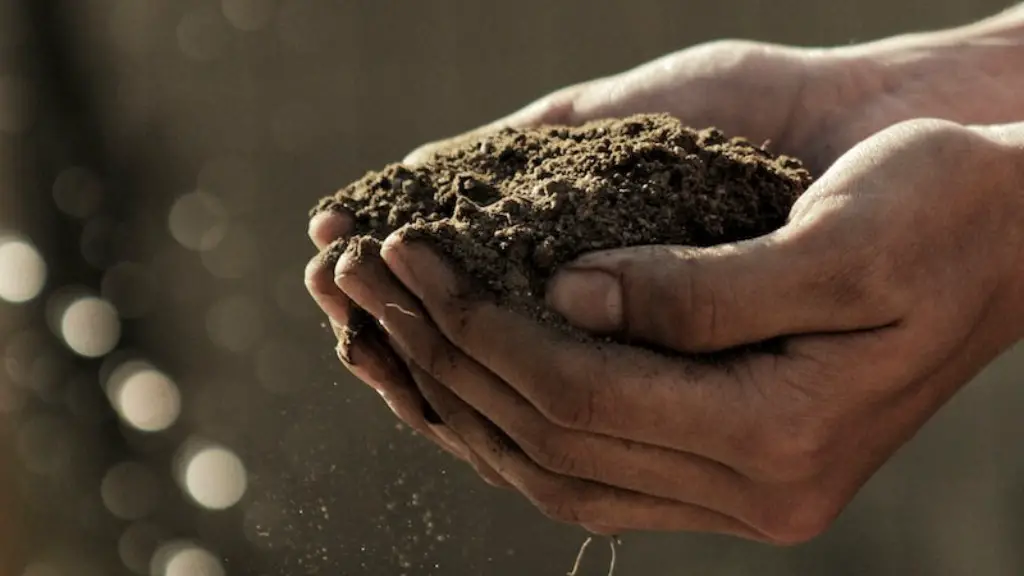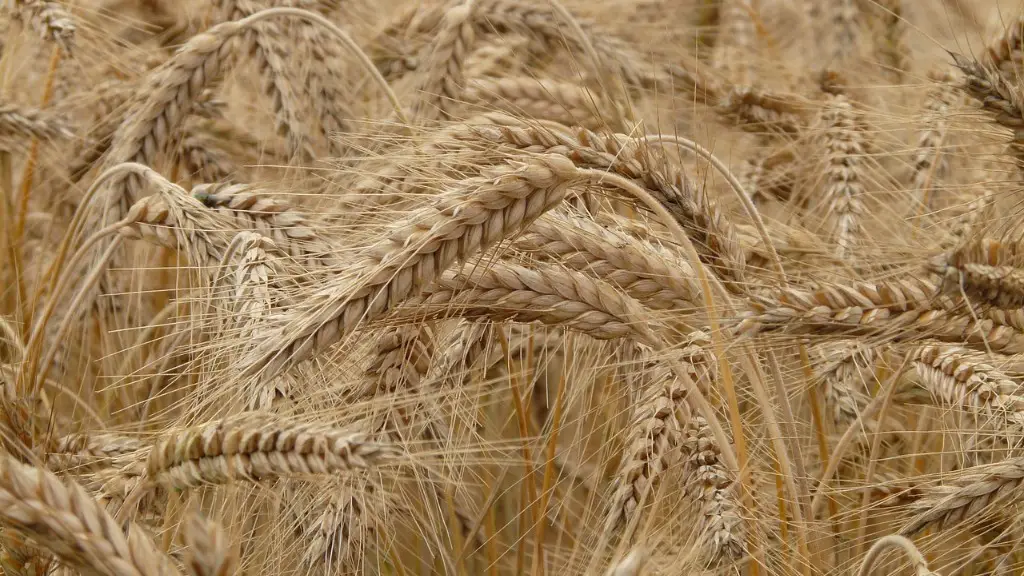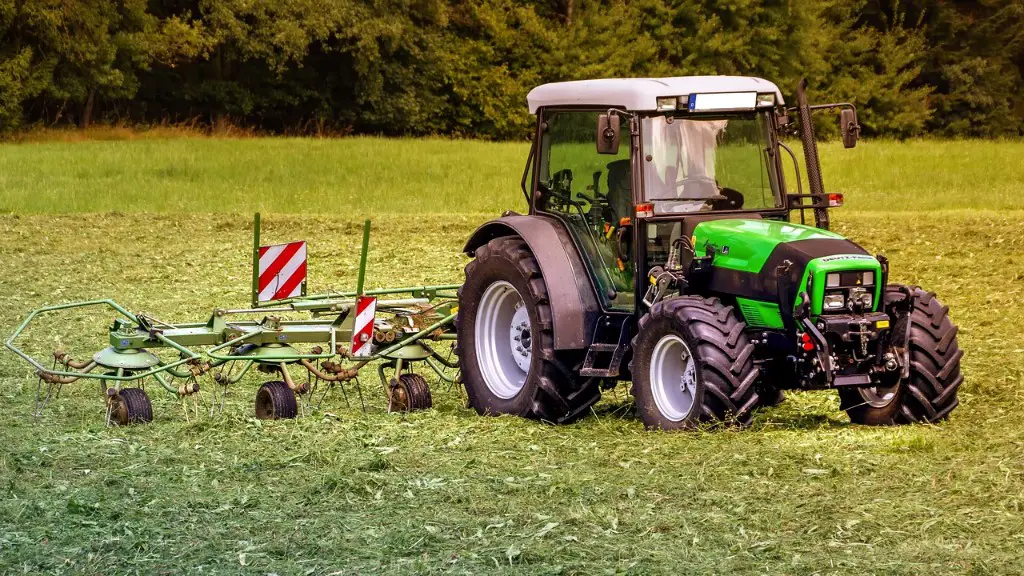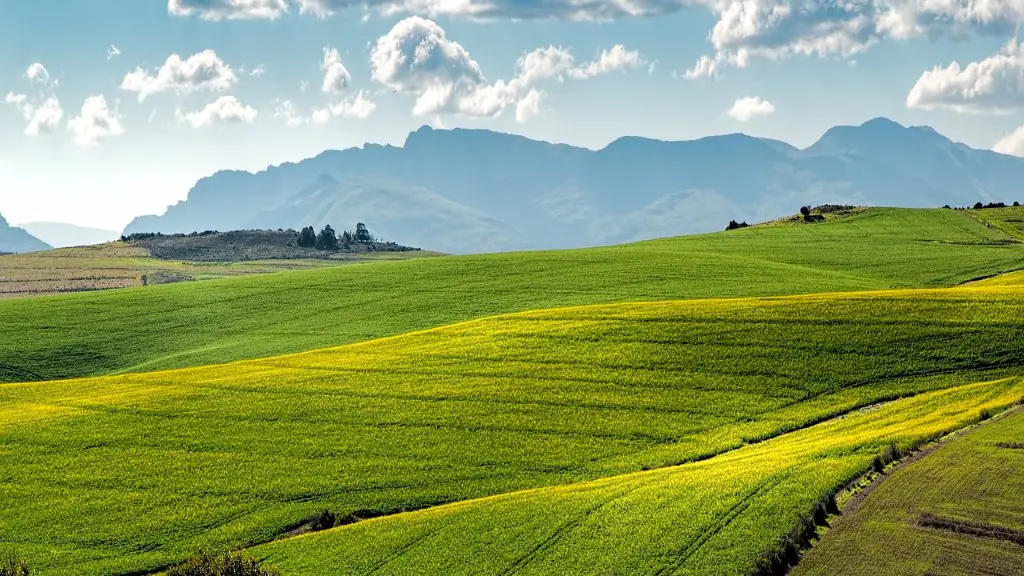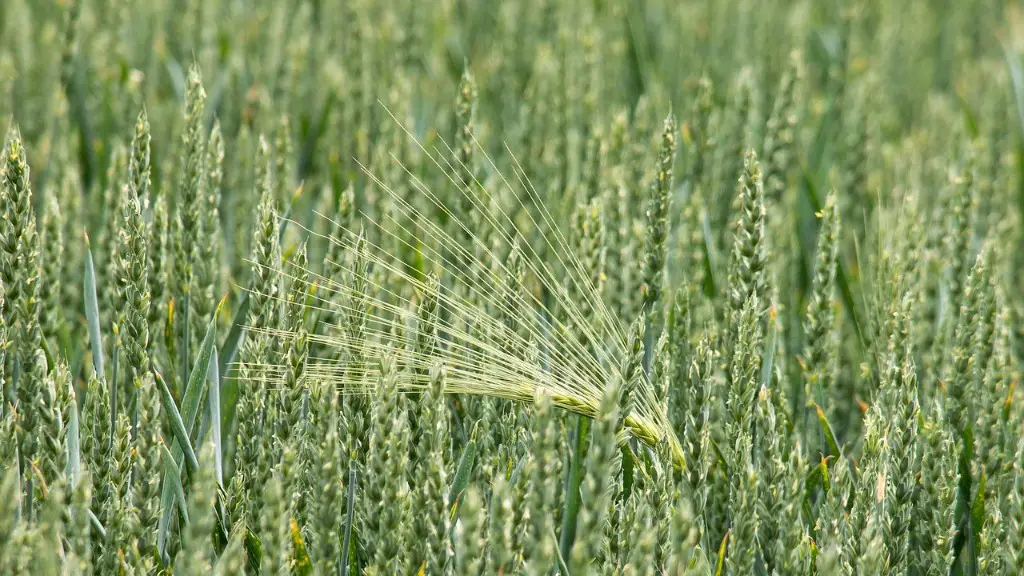The Use of the Internet of Things in Agriculture
The Internet of Things (IoT) is a system of interconnected devices and sensors that can collect and share data. IoT is being used in a variety of industries, including agriculture.
In agriculture, IoT can be used to monitor crops and livestock, as well as soil and water conditions. This data can help farmers to optimize their growing conditions and improve yields. IoT can also be used to manage farm equipment and machinery, and to track the location of assets.
The use of IoT in agriculture is expected to grow in the coming years, as more farmers adopt these technologies to improve their operations.
IoT technology is becoming more prevalent in the agricultural industry as farmers look for ways to increase efficiency and decrease costs. By using IoT devices and sensors, farmers can remotely monitor their crops and soil conditions, saving time and labor. IoT can also be used to automatically control irrigation systems, saving water and energy. In the future, IoT technology may be used to help farmers predict weather patterns and optimize planting and harvesting schedules.
What are the examples of IoT in agriculture?
There has been a lot of talk about the Internet of Things (IoT) and how it is going to change the world. One of the industries that is expected to be transformed by IoT is agriculture. Here are seven ways that IoT is already making a difference in agriculture:
1. Precision Agriculture: By outfitting farm equipment with sensors and GPS tracking, farmers are able to get real-time data on things like soil moisture levels, crop yields, and even the weather. This allows them to make more informed decisions about when and how to plant, water, and harvest their crops.
2. Crop Monitoring: IoT sensors can also be used to monitor crops for things like pests, disease, and stress. This information can be used to make decisions about when and how to apply pesticides or take other corrective action.
3. Livestock Monitoring: Livestock farmers are using IoT sensors to track the health and location of their animals. This information can be used to improve animal welfare and prevent disease outbreaks.
4. Irrigation Management: Farmers are using IoT sensors to manage irrigation systems. By monitoring things like soil moisture levels and weather conditions, they can optimize irrigation to save water and improve crop yields.
5
Precision Farming: The world is moving towards sustainable agriculture to reduce its carbon footprint. IoT can play a vital role in this by helping farmers to reduce wastage, optimize irrigation, and use of inputs.
Livestock Monitoring: Smart sensors can be used to monitor the health of livestock and send alerts to farmers in case of any illness. This can help in early detection and treatment of diseases.
Agricultural Drones: Drones can be used for mapping, crop scouting, and applying inputs such as pesticides and fertilizers. This can help in reducing the cost and time of these operations.
Monitoring of Climatic Conditions: IoT sensors can be used to monitor the weather conditions and forecast weather patterns. This information can help farmers to take appropriate decisions related to their crops.
Why IoT is used in smart agriculture
IoT is revolutionising the agriculture industry by providing farmers with real-time data and insights that can help them maximise their yield and profitability. Smart agriculture and precision farming are two key applications of IoT in agriculture that are utilising sensors, GPS, mapping and data analytics to provide accurate, real-time insights. This is enabling farmers to tailor their activity and investment for maximum return, and ultimately improving the efficiency and productivity of the agriculture industry as a whole.
IoT technologies are making agriculture smarter by placing an IoT sensor on each animal. This allows ranchers to track the condition of their livestock in real time, making it possible to detect possible diseases at an early stage or optimize the feeding of the animals.
What are 3 examples of technology used in agricultural areas?
There are seven emerging agriculture technologies that are changing the way farmers operate: soil and water sensors, weather tracking, satellite imaging, pervasive automation, minichromosomal technology, RFID technology, and vertical farming.
Soil and water sensors are used to measure moisture levels, soil fertility, and other factors that affect crop growth. This information is used to optimize irrigation and fertilization schedules.
Weather tracking technology is used to forecast weather patterns and track the effects of weather on crops. This information is used to make decisions about planting, harvesting, and other agricultural activities.
Satellite imaging is used to map crops, track crop growth, and identify areas of stress. This information is used to make decisions about irrigation, fertilization, and other agricultural activities.
Pervasive automation is used to automate tasks such as planting, watering, and harvesting. This technology is used to improve efficiency and reduce labor costs.
Minichromosomal technology is used to create plants with desirable traits such as disease resistance and improved yield. This technology is used to create new varieties of crops.
RFID technology is used to track the movement of animals and to identify individual animals. This technology is used to improve animal husbandry practices.
GIS software and GPS agriculture are two of the newest technologies in agriculture. Satellite imagery is another new technology that is being used in agriculture. Drone and other aerial imagery are also being used in agriculture. Farming software and online data are also being used in agriculture.
Which IoT sensors are used in agriculture?
There are many types of sensors used in agriculture, including optical sensors, electrochemical sensors, mechanical soil sensors, dielectric soil moisture sensors, location sensors, and electronic sensors. Each type of sensor has its own unique capabilities and benefits that can help farmers to more effectively and efficiently manage their crops.
Precision agriculture, also known as smart agriculture, is a farming management concept that uses information technology (IT) to gather, process, and analyze data in order to optimize agricultural production practices. The goal of precision agriculture is to use resources more efficiently in order to achieve high crop yields while reducing operational costs.
IoT technology plays a critical role in precision agriculture, as it enables farmers to collect data from various sensors and equipments placed throughout their fields. This data can then be processed and analyzed to help farmers make informed decisions about irrigation, fertilizer application, crop selection, and other important factors that affect agricultural production. IoT-based precision agriculture systems can also be used to automatically control farming equipment, saving farmers time and labor.
Overall, the use of IoT technology in agriculture can help farmers increase yields, reduce costs, and improve the efficiency of their operations.
What are the top 5 technology innovation in agriculture
Innovation in agriculture is vital to keeping up with the ever-changing needs of the industry. From new technologies that allow for more precision in farming to those that make it possible to farm indoors, the 10 trends below are ones to watch in the coming years.
1. Bee vectoring technologies – Using bees to deliver pesticides and other agricultural chemicals is a more efficient and environmentally-friendly method than traditional spraying.
2. Precision agriculture – With the help of GPS and other sensors, farmers are able to more accurately target crops with the right amount of water, nutrients, and pest control.
3. Indoor vertical farming – This type of farming eliminates the need for large tracts of land and can be done in any climate.
4. Livestock farming technology – From robots that milk cows to gene editing, there are many new technologies being developed to help with livestock farming.
5. Laser scarecrows – These scarecrows use lasers and sound to keep birds and other pests away from crops.
6. Farm automation – Automating tasks such as planting, harvesting, and applying pesticides can help farms to operate more efficiently.
7. Real-time kinematic (RTK) technology – This
Today’s agriculture is using more and more sophisticated technologies to improve efficiency and profitability. temperature and moisture sensors, aerial images, and GPS technology help farmers to be more precise in their work, and to avoid potential problems. These advanced devices allow businesses to be more environmentally friendly as well.
What are the technologies used in smart agriculture?
Smart farming is the use of technology to improve the efficiency of agricultural production. This can include the use of sensors and other devices to monitor soil and weather conditions, the use of robots to carry out tasks such as crop picking, and the use of drones to provide aerial surveys of fields. In recent years, the application of IoT (Internet of Things) technology to agriculture has been a major area of development, with the aim of using data collected from sensors to improve the management of crops and livestock. Other emerging technologies that are being used or trialed in agriculture include smart greenhouses, semi-automatic robots, and smart remote sensing.
Drones have quickly become a popular tool in agriculture and agricultural technology. They are used to monitor crops, spray fertilizers and pesticides, and they are called unmanned aerial vehicles. This latest trend in agriculture is revolutionizing the farming tech by reducing the amount of labor required to grow a crop.
How technology helps agriculture
Agriculture is an important part of the economy and often requires high-tech solutions to maximize efficiency and yield. Farmers and other agricultural workers use science and technology to collect data, analyze efficiency, monitor growth and quality, and more to save money and get better yields. The use of technology in agriculture can help farmers increase yields, reduce costs, and improve the quality of their products.
Smart farming is an agricultural technique that uses technology to help farmers better understand their production environment. By collecting data on factors such as water, topography, aspect, vegetation and soil types, farmers can make more informed decisions about how to use scarce resources in a way that is both environmentally and economically sustainable. This can help to improve yields, reduce inputs costs and minimize the impact of farming on the natural environment.
What are the challenges of IoT in agriculture?
Most farmers are not aware of the implementation of IoT in agriculture and this is one of the biggest challenges faced by IoT in the agricultural sector. Other challenges include high adoption costs and security concerns.
The history of IoT in agriculture goes back to the early days of the internet itself. The first IoT devices in agriculture were sensors and devices that collected data and transmitted it back to software that could organize and report on that data. Early adopters of IoT in agriculture used it to track things like soil moisture and crop yields. Its popularity accelerated between 2010 and 2011, hitting mass market adoption in 2014. Today, IoT in agriculture is used for a wide variety of applications, from tracking livestock to monitoring crop health.
Warp Up
IoT can be used in agriculture in a variety of ways, such as monitoring soil moisture levels, crop yields, and weather patterns. Farmers can use this information to optimize irrigation, fertilization, and other agricultural practices. IoT can also be used to track livestock, monitor animal health, and promote food safety.
IoT is used in agriculture to connect various devices and machines to the internet so they can communicate with each other. This allows farmers to remotely monitor and control their equipment, as well as receive data about the conditions of their crops. IoT can thus help farmers to increase yields and improve efficiency.
